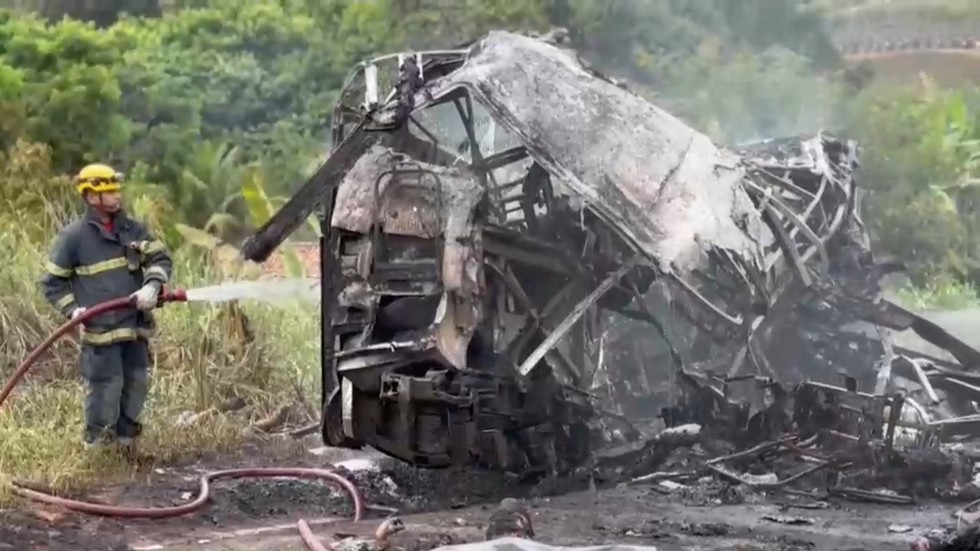BALTIMORE: Across the city, the death toll has mounted. Fatal
drug overdoses
have occurred on one-third of the city's blocks. Bodies have been found in motels and vacant houses, at parks and the football stadium, around the corner from City Hall and outside the health department. In one grim month alone, 114 people succumbed. People in Baltimore have been dying of overdoses at a rate never before seen in a major US city.
In the past six years, nearly 6,000 lives have been lost. The death rate from 2018 to 2022 was nearly double that of any other large city in the US.
A decade ago, 700 fewer people here were being killed by drugs each year. And when
fatalities
began to rise from the synthetic opioid fentanyl, so potent that even minuscule doses are deadly, Baltimore's initial response was hailed as a national model. The city set ambitious goals, distributed Narcan (an over-the-counter drug to treat overdose) widely, experimented with ways to steer people into treatment and ratcheted up campaigns to alert the public.
But then city leaders became preoccupied with other crises, including gun violence and the pandemic, and many of those efforts to fight overdoses stalled, an examination by The New York Times and The Baltimore Banner has found.
Those who lost lives include a cross-section of Baltimore: line cook, lawyer, bus driver, engineer, machinist, teacher, restaurant owner, carpenter, veteran, physician, salesperson and admissions coordinator for an addiction recovery center. There were retirees and the jobless.
Some victims were heartbreakingly young: Since 2020, at least 13 children younger than 4 have died after being exposed to drugs, according to the reports. Black men in their 50s to 70s died at the highest rates. A few overdose deaths drew headlines, but most were invisible to the public.
For nearly all of the past three decades, Baltimore has had one of the highest fatal overdose rates of any large US city. But for most of that period, the death rate was much closer to the national average than it is today.
Beginning in 2006, pharmaceutical companies were inundating pharmacies across the country with addictive pain pills Some patients began selling their pills in Baltimore expanding the illegal drug market. The mayor wrote last week that the current
fentanyl crisis
had been triggered by the influx of pills from drugmakers and distributors. But the prescription pill epidemic was far less severe in Baltimore than elsewhere in the country. Oxycodone was the cause of relatively few deaths in the city, according to CDC and state data.
The death rate remained relatively low until the mid-2010s, when fentanyl flooded illegal drug markets across the country. Dealers began spiking heroin with fentanyl, which is up to 50 times more potent and can be manufactured from cheap chemical compounds. They also began mixing fentanyl in cocaine, pressing it into fake prescription pills and selling it on its own. Drug-testing data shows that it is now all but impossible to buy illegal opioids in Maryland that have not been mixed with it and other dangerous additives like xylazine, which makes naloxone - the generic name for Narcan - less effective. These days, heroin is rarely found.
Because fentanyl is combined with other substances, the distribution of the opioid's granules is uneven. One hit may be just enough to get high. The next could be deadly.

 6 months ago
33
6 months ago
33









